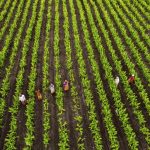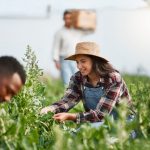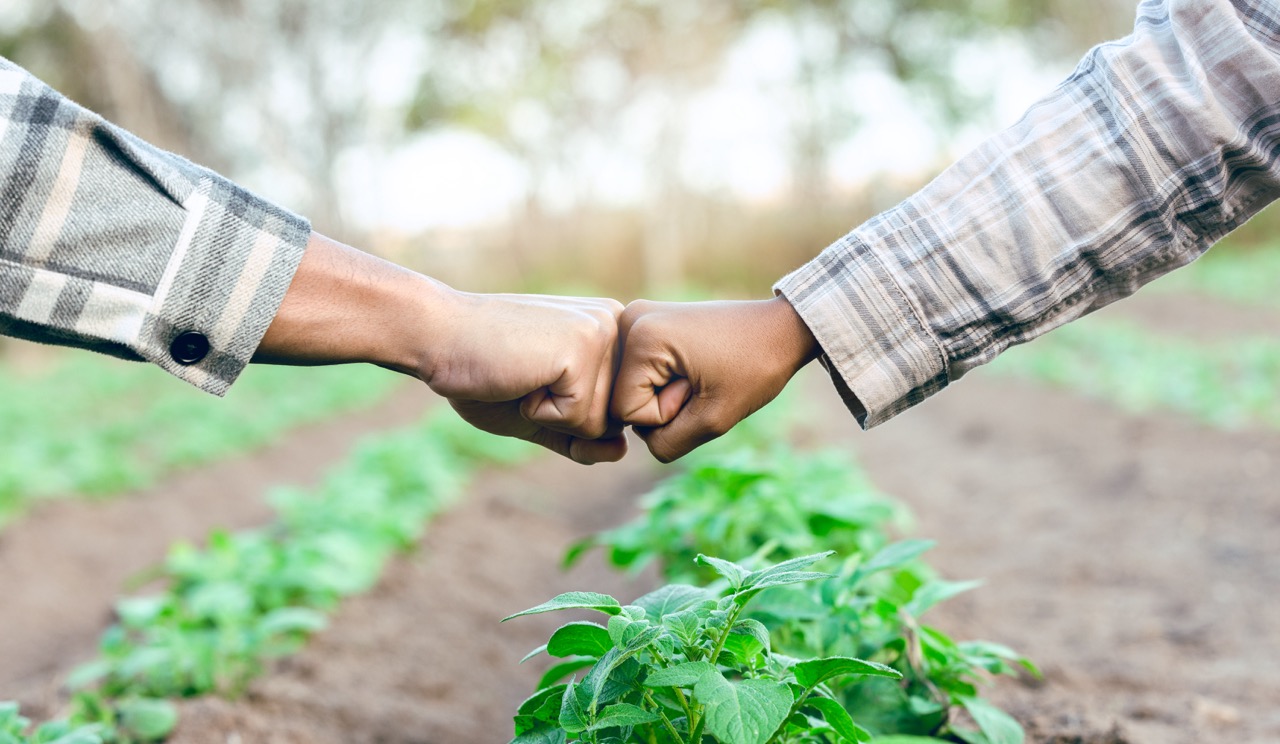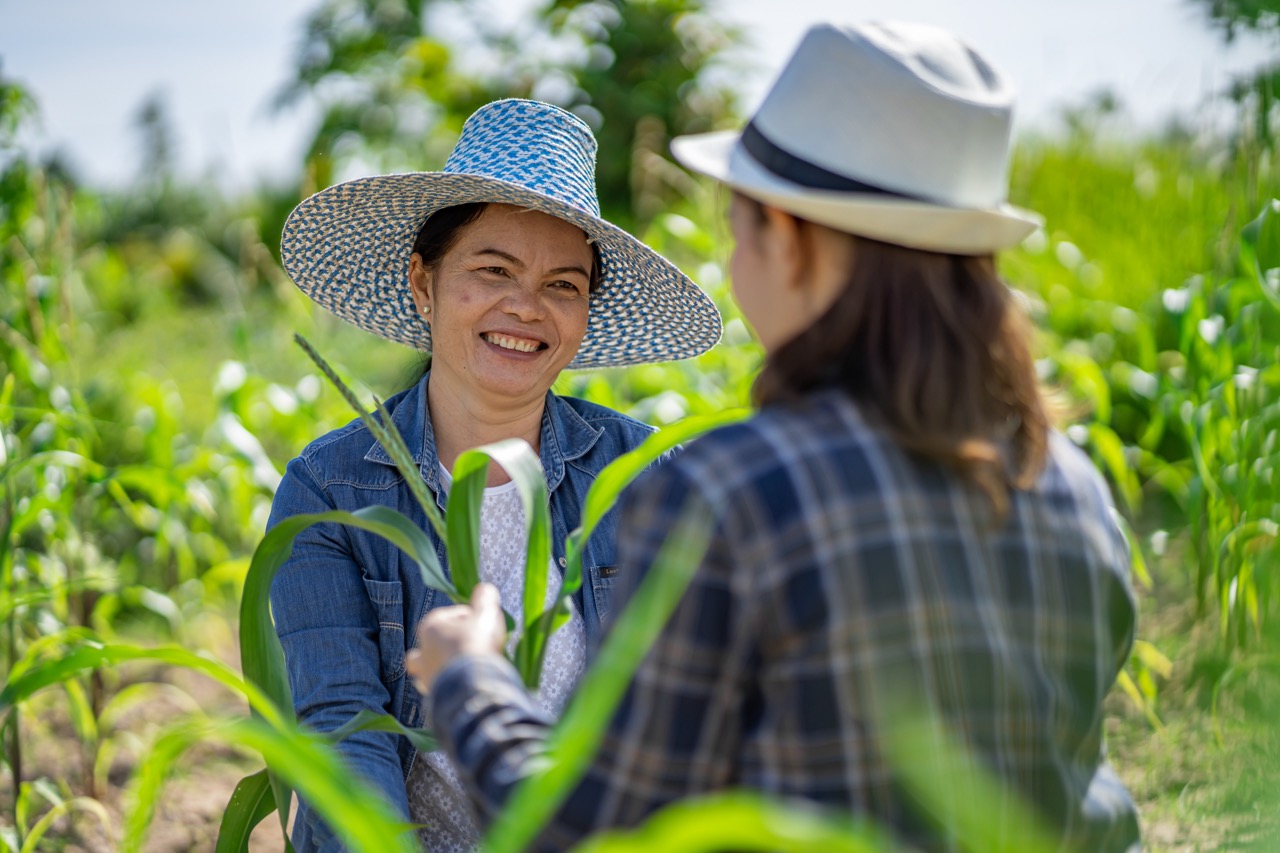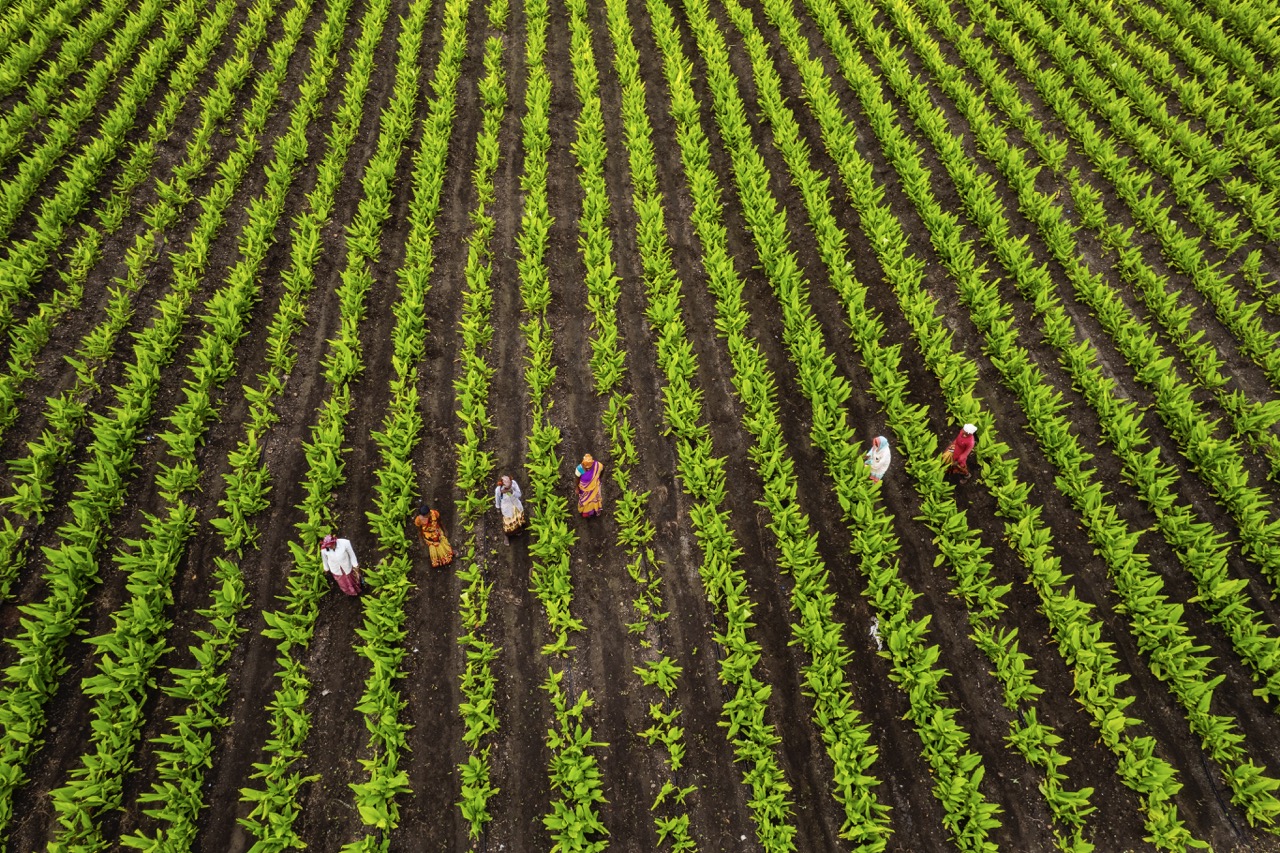As agricultural markets evolve, farmers face increasing pressure to adapt to shifting consumer preferences, economic fluctuations, and environmental challenges. Successful farmers must not only respond to these changes but anticipate them, ensuring their operations remain viable amid uncertainty. This article provides a roadmap for farmers looking to prepare their farms for the ever-changing agricultural landscape by examining market dynamics, assessing individual strengths and weaknesses, implementing sustainable practices, and diversifying crops and income streams.
Understanding the Dynamics of Modern Agricultural Markets
The agricultural market today is influenced by various factors, including globalization, technological advancements, and evolving consumer behavior. Farmers must recognize that these dynamics are not static; they are subject to rapid shifts driven by trends such as organic farming, sustainable sourcing, and local food movements. Understanding these trends is crucial for farmers to align their production strategies with market demands, allowing them to not only survive but thrive in a competitive environment.
Moreover, the rise of technology has changed the way agricultural products are marketed and sold. E-commerce platforms and social media enable farmers to reach consumers directly, providing opportunities for niche marketing and value-added products. However, this digital transformation also means that farmers must be vigilant about their online presence and marketing strategies, ensuring they remain competitive and visible in a crowded marketplace.
Lastly, it is essential for farmers to stay informed about policy changes and supply chain disruptions. Trade agreements, subsidies, and environmental regulations can significantly affect market conditions. By keeping abreast of these developments, farmers can make informed decisions that will help them navigate the complexities of modern agricultural markets.
Assessing Your Farm’s Current Strengths and Weaknesses
A thorough assessment of a farm’s strengths and weaknesses is critical in preparing for changing market conditions. This introspection begins with evaluating the farm’s resources, including land, equipment, labor, and capital. Farmers should take stock of what they excel at—be it crop production, livestock management, or innovative practices—and identify areas where improvement is necessary. This analysis provides a foundation for strategic decision-making.
Farmers should also consider the sustainability of their operations. Are current practices environmentally sound? Is soil health being maintained? Assessing these aspects not only enhances the farm’s productivity but also aligns with the growing consumer demand for sustainable practices. Conducting a SWOT (Strengths, Weaknesses, Opportunities, Threats) analysis can be an effective tool for this evaluation, allowing farmers to formulate a clear vision for the future.
Furthermore, seeking feedback from trusted advisors, peers, and even consumers can yield insights that farmers might overlook. Engaging with agricultural extension services, attending workshops, and participating in industry forums can provide valuable external perspectives. By combining self-assessment with external input, farmers can develop a comprehensive understanding of their operational status and prepare for the challenges ahead.
Implementing Sustainable Practices for Future Resilience
Sustainability is no longer just a trend; it is an imperative for modern farming. Adopting sustainable practices can help mitigate the impacts of climate change, reduce resource consumption, and enhance soil health. For instance, implementing crop rotation, cover cropping, and integrated pest management are proven strategies that can improve resilience against pests and diseases while maintaining productivity.
In addition to ecological benefits, sustainable practices often lead to economic advantages. Many consumers are willing to pay a premium for products that are certified organic or sustainably produced. By transitioning to sustainable methods, farmers can tap into these lucrative markets, enhancing profitability while contributing positively to the environment. Additionally, sustainable farming can lead to reduced input costs over time, further increasing financial stability.
Lastly, investing in education and training on sustainable practices is essential for farmers. This investment not only equips them with the knowledge needed to implement effective strategies but also fosters a culture of innovation and adaptability on the farm. As sustainability becomes an integral part of agricultural practices, farmers who prioritize these methods will be better positioned to navigate market shifts and consumer demands.
Diversifying Crops and Income Streams for Stability
Diversification is a crucial strategy for creating a stable agricultural operation. By growing a variety of crops, farmers can mitigate risks associated with price volatility and crop failure. For instance, if market prices for one crop decline, other crops may still yield profitable returns. This approach not only enhances financial stability but also contributes to ecological resilience by promoting biodiversity on the farm.
Moreover, exploring alternative income streams can provide farmers with additional financial security. This could include agritourism, farm-to-table dining experiences, or the production of value-added goods such as jams, cheeses, or crafts. These ventures not only diversify income but also strengthen the connection between the farm and the community, fostering a loyal customer base and enhancing market reach.
Finally, diversification can also extend into partnerships and collaborations with local businesses and organizations. Farmers can explore opportunities for cooperative marketing, shared resources, and joint ventures, which can lead to innovative product offerings and reduced costs. By being proactive in seeking out diverse income streams, farmers can create a more resilient business model that can withstand the pressures of changing markets.
Preparing a farm for a changing market is a complex but vital endeavor that requires foresight, adaptability, and a proactive stance. By understanding market dynamics, assessing strengths and weaknesses, implementing sustainable practices, and diversifying crops and income streams, farmers can position themselves for long-term success. As the agricultural landscape continues to evolve, those who embrace change and innovation will not only survive but thrive in the face of uncertainty.


